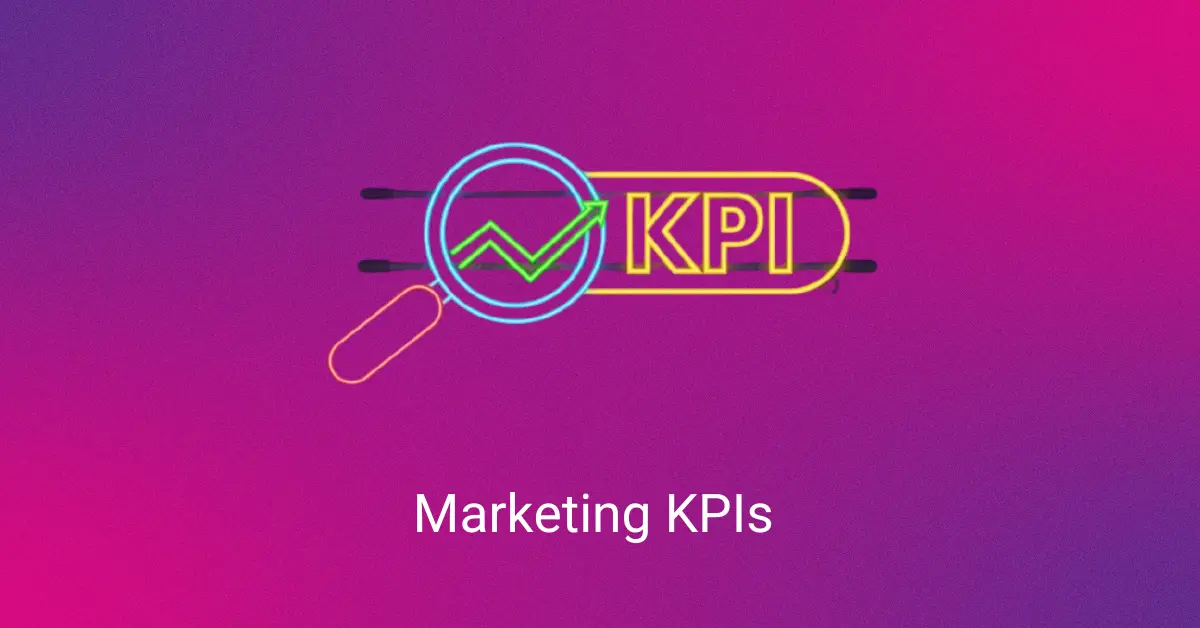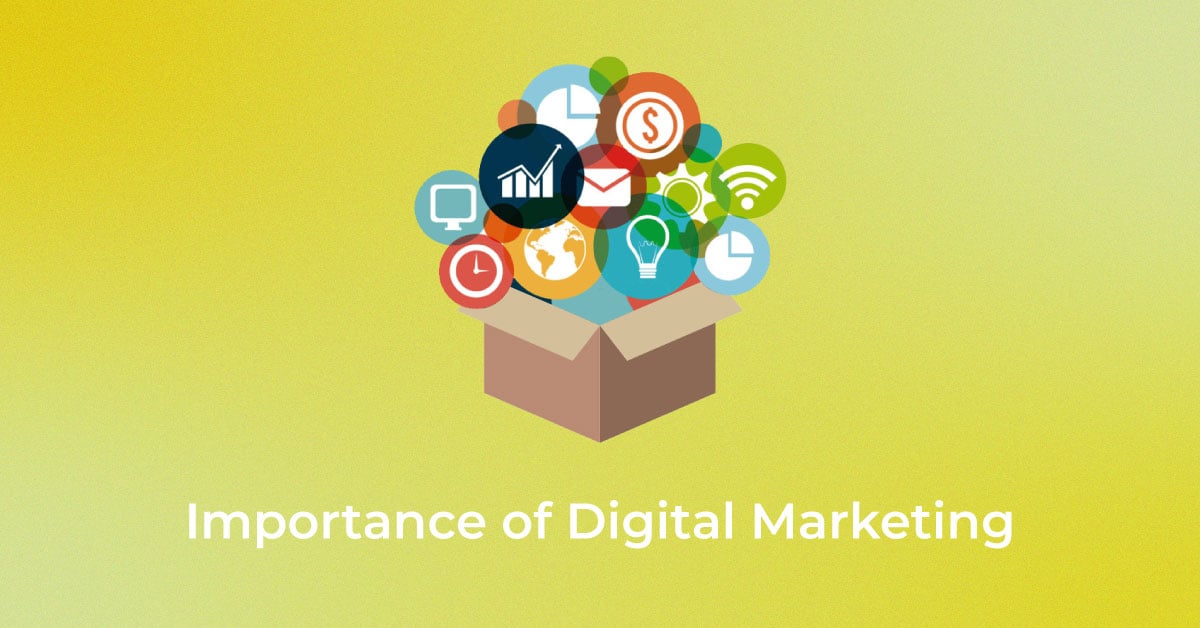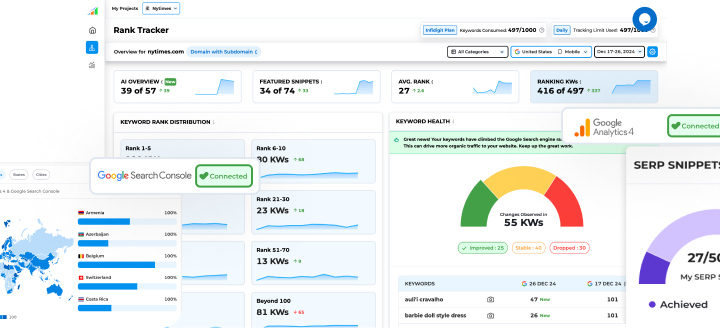|
Getting your Trinity Audio player ready...
|
A strong and distinctive brand helps keep your business thriving. A brand is not just your name, tagline, or logo. It is what comes to your potential customer’s minds when they see you or think of you. Your brand reflects who you are, what you stand for, and what makes you different from your competitors. However, building a brand is not something you accomplish overnight. It takes years of hard work with the right strategy to ensure long-term success. Here, you will get to know the basics of branding strategy and the benefits of having one.
What is branding?
Branding refers to establishing a distinct identity for your business to stand out. Its goal is to conquer the minds of your consumers and the target audience so that they choose you over other brands that sell identical products or services. Branding also helps you communicate what your company stands for through your company mission, logo, tagline, visual design, and tone of voice. A successful example of branding is Coca-Cola. The company’s powerful and consistent branding has made it the most recognizable brand worldwide.
Principles of branding
A strong branding strategy allows you to:
- display the genuine value of your company
- bring clarity and consistency to your brand image
- Unite all your employees with a common purpose
Why should your business take branding seriously?
Every business wants to establish a strong brand identity and craves long-term loyal customers. Irrespective of the size of the organization; branding starts with the idea of creating value for its audience and winning their trust. However, when it comes to branding, you must take it seriously and make sure your prospects and customers know what you offer. While your USP (Unique Selling Proposition) is a crucial aspect of branding, you must also ensure that you offer what you believe in. Suppose your mission statement says that you believe in providing quality services, but your customer service is poor. This will make you unreliable and drive your customers away. Hence, planning and taking your branding strategy seriously is an absolute must to earn the audience’s trust and keep your business thriving.
Benefits of a strong brand building
Building a strong brand identity has immense benefits for businesses. Here is a list of benefits of brand building:
- Allows you to create your business identity and business mission
- Helps stand out among the competition
- Helps influence purchasing decisions
- Boosts your marketing and advertising efforts
- Provides customer loyalty and recognition
- Boosts your sales and revenue
- Allows you to drive quality talent that helps in the growth of your business
Here are some branding tips for growing your brand
Now that you know what is branding and the benefits of brand building, here’s how you can start:
Choose your target audience
Before you begin establishing a brand identity, identify who your target audience is. Choosing your target audience and customers serves as the roadmap to your branding process. According to a study, 70% of consumers prefer a personalized experience. And to offer a personalized experience to your customers, you must first strive to understand them and their needs. Once you are aware of your audience’s needs, target your brand message toward them so that they can resonate with your brand.
Create a mission statement
Creating a mission statement is one of the most essential aspects of branding. Exploring why you established your business will help you decide on a strong mission statement. The mission statement will allow your audience to know what you stand for and what makes you unique. Once you create a mission statement, make sure your logo, tone of voice, and tagline reflect it.
Describe your unique traits, skills, and goals
What makes your business different from others in your industry? With so many options available for your prospects, you should make them believe that you have something different to offer. For this, you must ensure that your brand qualities, values, and benefits are unique so that customers trust you and choose you over others in the market.
Create your visual assets
Once you have understood your target audience, decided on a mission statement, and described your unique qualities, it’s time to create your visual assets. Visual assets refer to your brand logo, typography, color palette, iconography, etc. of your brand. Make sure your visual assets are consistent and accurate as well as attractive.
Discover the voice of your brand
The way you communicate with your audience is also an essential part of branding. You must discover the brand voice that will help you communicate with your prospects and engage them. Whether it is a blog post, Instagram caption, or ad campaign, you must ensure your brand voice is consistent on every channel.
Put your branding to work
Once you are done with the branding process, it’s time to put it to work. How do you do that? By integrating your branding into your business and displaying it on platforms where your audience is present. Involve and encourage all the company employees to strengthen your branding process.
Which channels to choose to brand your business
You can choose from the following channels to brand your business:
Social media
Social media is one of the most powerful tools to promote your brand and reach your audience today. While branding your business on social media sites, your profile photos, images, and cover art should represent your brand and its values. You must put your logo as a profile photo which will help people recognize your brand easily.
Advertising
Digital and print advertising plays an important role in enhancing brand awareness. You can display your brand through ad creation and let people know about you and your qualities. While advertising your brand, ensure your brand message to the target audience addresses their pain points, needs, and challenges.
Website
Another channel to brand your business is a website. Your website should be attractive and display your logo, typography, and color palette. You must also ensure that your product descriptions, calls-to-action, blog posts, etc., are in line with your brand voice. It is also crucial to optimize your website design, content, navigation, speed, and other aspects to make it user-friendly.
Sales and customer service
Branding requires teamwork. Your employees, including the sales and customer service team, should be informed about your brand guidelines and branding goals. Whether it is a demo or solving customer queries, your sales and customer service team must use your brand voice, logo, and tagline whenever they are interacting with your customers.
Packaging
Businesses that deal in physical products have a great opportunity to promote their brand through product packaging. Your packaging should reflect your brand, its values, design, logo, etc. For instance, if your brand values the environment, you can choose environmentally friendly packaging that reflects your determination to save the environment.
FAQ
What does branding mean in marketing?
Branding in marketing is creating a positive impression of your company and its products or services in front of a target audience. It involves the use of marketing communication tools such as print or digital media, emails, social media, and more. Branding in marketing helps build a unique brand image that creates customer preference for your products and services and increases your sales and revenue.
What does branding mean for businesses?
Branding for a business is a consistent process of building a brand image so that more people recognize and trust it. It not only aims to build a strong and positive perception of your business in your customers’ minds but strives to build an emotional connection with them. Branding in business combines elements such as brand logo, tagline, mission statement, and brand voice throughout every marketing communication and helps companies stand out from their competitors and create a loyal customer base.
Conclusion
Having a solid brand can compel your customers to choose you over the competition. However, branding is not just the visuals but an emotional connection that customers feel with your brand when they interact with it. While an attractive logo, a clear brand voice, and a strong mission statement help in standing out among the rest, powerful brands are one step ahead of this. They strive to conquer the hearts and souls of their target audience. So, if you want to create a solid brand or simply rebrand your business, follow the aforementioned steps, and success will follow.
Popular Searches
How useful was this post?
0 / 5. 0

















